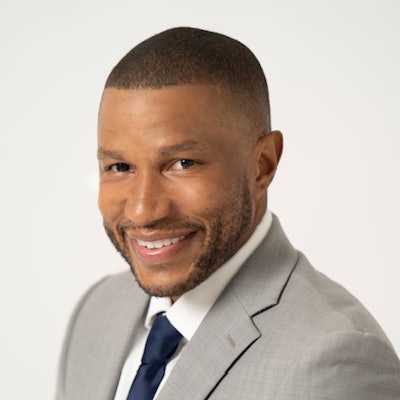The question of how equitable the engagement of higher education institutions with private equity firms and other investment management groups is a difficult one to answer. The reason for this is that there is an incredible lack of transparency in identifying what money managers many higher education institutions are using to steward their endowments.
The Knight Foundation’s 2021 report that sought to examine the diversity of the asset managers for the wealthiest 50 public and private universities had 34 of the institutions decline to participate. These institutions have a combined $273 billion under management. The key question is, who is managing these assets?
The fact is that many higher education institutional endowments and pension plans more broadly have significant percentages of students and personnel of color that pay into these vehicles on a regular basis. Many of these institutions hand out these funds to investment firms across the country. These funds do not equitably go to Black and Hispanic owned firms. It seems that people of color are good enough to put their money into the system, but they aren’t perceived as being good enough to manage the assets.  Dr. Marcus Bright
Dr. Marcus Bright
One result is that Black and Hispanic owned firms are frequently not able to raise funds that are as big as their counterparts. Thus, many are denied greater opportunities to increase their capacity to make meaningful investments in communities that they have direct connection to.
There is also the false narrative of having make a tradeoff between diversity and performance. Multiple reports have found that there is no evidence of being a reduced level of performance in utilizing diverse money managers. Diversity has been shown to be an enhancer of performance in many cases.
New pipelines of opportunity for diverse investment managers are needed to break into areas where little to no diversity has historically existed. The aforementioned report from the Knight Foundation cited some reasons for why asset manager rosters can be slow to change including “asset managers’ intentionally long-term investment objectives and processes, established relationships with current managers, low manager turnover and the need for extensive due diligence before hiring new managers.”
One recommendation that was put forth by the Diverse Asset Managers Initiative in a guide related to investing with diverse asset managers is to utilize the “Rooney Rule” that is used in the National Football League (NFL) for the hiring of head coaches and general managers. The rule requires that teams “conduct an in-person interview with at least one external minority candidate for any GM or head coaching interview” among other requirements. This could also be used for decisions regarding investment firm selections by colleges and universities for money management.
The guide also highlighted the fact that the state of Illinois already has the Rooney Rule language in its legislation. It reads: “if in any case an emerging investment manager meets the criteria established by a board for a specific search and meets the criteria established by a consultant for that search, then that emerging investment manager shall receive an invitation by the board of trustees, or an investment committee of the board of trustees, to present his or her firm for final consideration of a contract. In the case where multiple emerging investment managers meet the criteria of this section, the staff may choose the most qualified firm or firms to present to the board.”
There is also a need for greater efforts to build more diverse talent pipelines into the investment banking and private equity industry. A piece entitled “PE Firms Are Making Diversity Efforts, But It Will Likely Be a Long Road” by Hannah Zhang asserted that private equity has lagged behind other areas of the finance sector when it comes to diversity stating that “according to a recent Ernst & Young report, only 3 percent of employees in the PE industry are Black, compared with 12 percent at banks. Among the portfolio companies backed by the top 18 PE firms and venture capitalists, only 2 percent of board seats are held by Black and Latino directors.”
Just as higher education institutions should increase their level of transparency when it comes to who is managing their endowments, investment management firms should have transparency in their recruiting, hiring, promotion, and workforce diversity status.
One step forward would be for firms to better articulate what knowledge, skills, ability, competencies, credentials, and intangible factors are needed to attain roles at every level of the organization. This would provide some clearly defined targets for people to prepare, train, and shoot for. The bar does not have to be lowered for diversity to flourish, it just needs to be made clear and people of different backgrounds need to be given a fair chance to compete.
There are some entry-level roles at many firms that college and university graduates can move right into if they have been properly groomed through their coursework and potential internships, apprenticeships, or work experience. There is a need for an increased level of intentionality to be injected throughout the development and maintenance of career pathways in private equity and investment banking. This entails being deliberative and specific regarding the creation of opportunities for both preparation and advancement.
Support along the journey from initial exposure to the securing of upper echelon positions is critical to facilitating breakthroughs for people who historically have been denied the opportunity to ascend to certain career heights in sizable numbers. Putting qualified and capable people and firms on the radar of those who make both hiring decisions at firms and selections of investment managers for college and university endowments is an important step towards the creation of a more equitable landscape for higher education engagement with asset management groups.
Dr. Marcus Bright is a scholar and social impact facilitator.
















